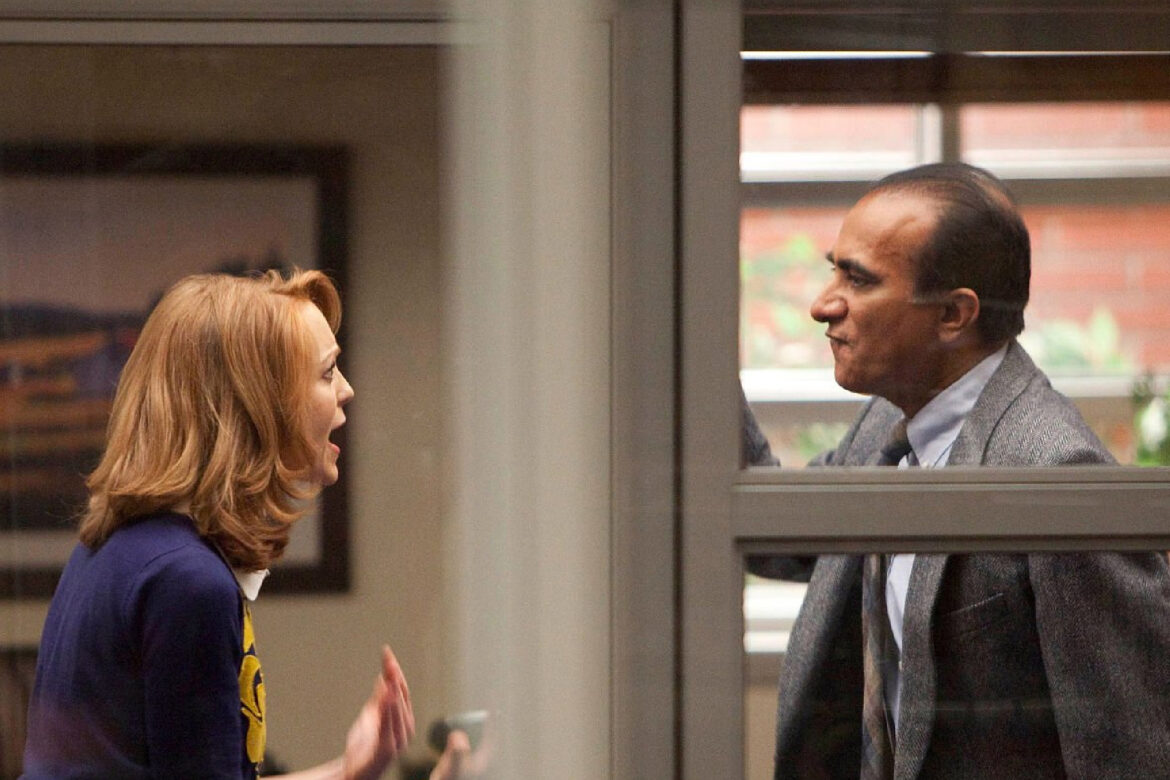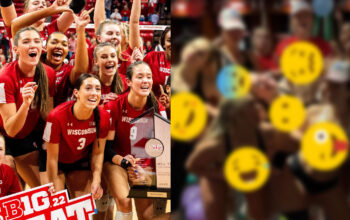Introduction to the Conflict
In the world of education, conflicts between educators and administrators are not uncommon. These disagreements often arise from differing perspectives on best serving students’ interests. A quintessential example of such a conflict is the case of “Emma Argues with Principal Figgins,” a narrative that has resonated with many in the educational community. This article delves into the intricate dynamics of this confrontation, exploring its implications for educational philosophy, policy, and the broader conversation about the role of authority in schools.
Emma: The Champion of Progressive Education
Emma represents a new wave of educators. She is passionate, innovative, and deeply committed to student-centric learning. Her approach is characterized by a desire to foster critical thinking, creativity, and independence among her students. Emma challenges traditional teaching methods and is often at odds with more conventional figures in the education system.
Principal Figgins: The Custodian of Tradition

In contrast, Principal Figgins is deeply rooted in traditional educational values. He prioritizes structure, discipline, and uniformity. Figgins believes a strict approach is essential for maintaining order and ensuring educational outcomes. He often views innovative methods as disruptive or unnecessary.
The Genesis of the Argument
The argument between Emma and Principal Figgins was sparked by the introduction of a new policy by Figgins, which Emma perceived as draconian. This policy encompassed strict dress codes, a rigid approach to classroom management, and a curriculum heavily focused on standardized testing. Emma viewed these measures as detrimental to student creativity and autonomy.
Emma’s Progressive Approach

Emma argued that education should inspire and nurture students, not just enforce rules and prepare for tests. She believed in an approach that catered to individual student needs, encouraged exploration, and fostered a love for learning. Emma’s philosophy was grounded in the idea that students learn best in a relaxed and supportive environment where they can express themselves freely.
Principal Figgins’ Traditionalist Viewpoint
Principal Figgins, on the other hand, held a more traditional view. He believed that a structured environment was essential for learning. In his opinion, discipline was not just about maintaining order but also about preparing students for the real world, where rules and structure play a critical role. He feared too much freedom could lead to chaos and undermine the educational process.
The Clash and Its Implications
The argument between Emma and Principal Figgins was more than just a personal disagreement; it was emblematic of a more extensive debate in the field of education. This debate revolves around how much freedom should be granted in the learning process and the role of educators in shaping student behavior.
The Influence of Emma’s Progressive Teaching
Emma’s argument highlights the significance of engaging teaching methods that resonate with diverse student populations. She posits that when students are actively involved and invested in their education, they are more likely to experience meaningful learning and personal growth.
Principal Figgins’ Defense of Structured Learning
Conversely, Principal Figgins emphasizes the importance of a transparent, structured learning environment. He argues that consistency and order are vital in creating a productive educational atmosphere where students understand and meet expected standards.
Integrating Progressive and Traditional Methods

This conflict underscores the need for a balanced educational approach harmonizing Emma’s progressive ideals with Figgins’ structured methods. An effective educational system should accommodate a variety of teaching styles and learning needs, ensuring comprehensive development for students.
Education Reform and Policy Considerations
The debate between Emma and Principal Figgins suggests a need for more adaptable and inclusive education policies. It highlights the importance of creating policies that foster teaching innovation while recognizing the benefits of structure and discipline.
Creating a Positive Learning Environment
Beyond teaching methods and policies, the argument between Emma and Principal Figgins focuses on the role of school culture in education. A positive, inclusive school culture can significantly impact student motivation, engagement, and well-being. This aspect of the debate encourages educators and administrators to consider how school culture plays into the effectiveness of educational practices.
Incorporating Technological Advancements
Another dimension of this debate is the role of technology in modern education. Emma’s progressive approach may include integrating technology into the classroom to enhance learning experiences, while Principal Figgins might have reservations about its impact on traditional learning methods. This aspect of the debate is crucial, considering the increasing role of technology in education and its potential to transform learning experiences.
The Way Forward in Education
The story of Emma and Principal Figgins is more than a mere disagreement between two education professionals; it reflects the broader challenges and opportunities in modern education. It underscores the importance of embracing new ideas and time-tested methods to create a more effective, inclusive, and dynamic educational system. This narrative serves as a reminder that in pursuing academic excellence, the key lies in finding harmony between innovation and tradition, ensuring that all students can learn and thrive in a rapidly changing world.




